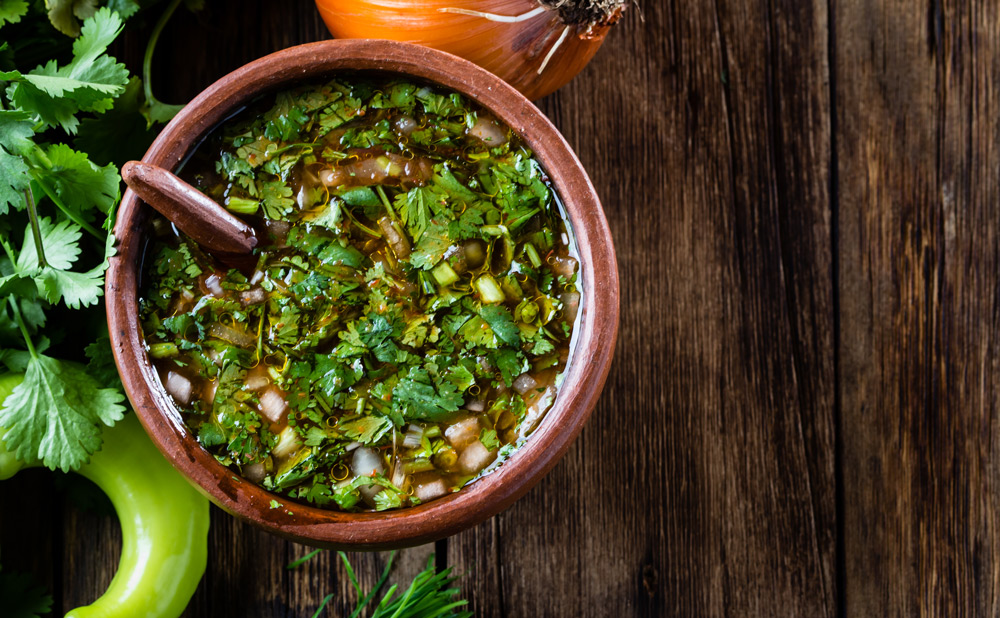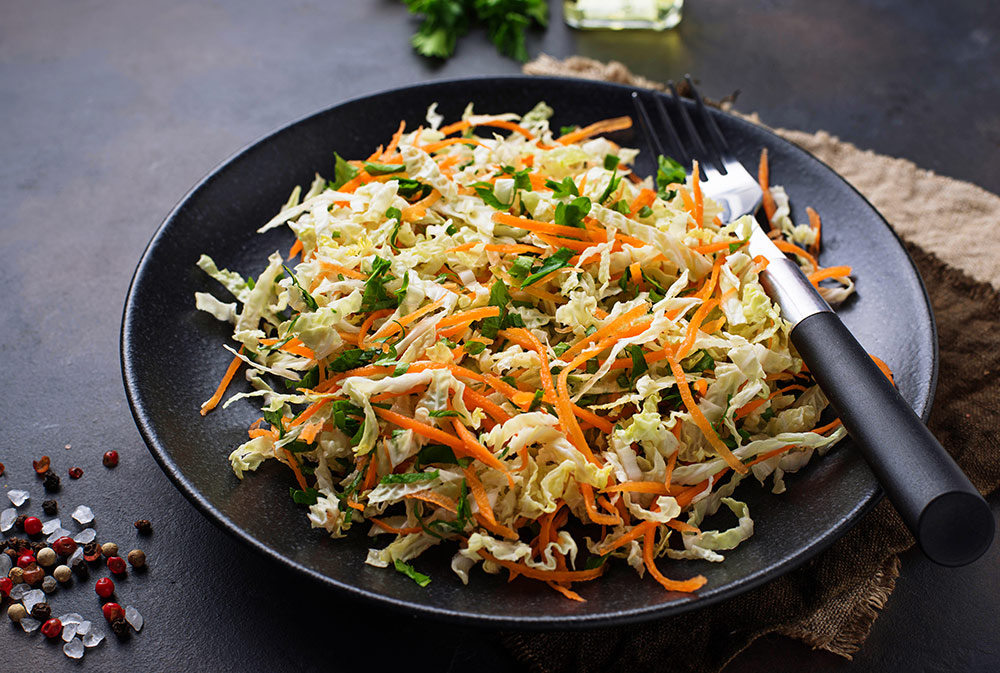Chile is one of the world’s largest exporters of avocados (called palta), after the Quechuan word for “hanging weight”, but some 30 percent of the crop stays in the country and is used in many dishes. The pairing of grilled carrots with palta may seem unusual, but extra virgin olive oil presides over a beautiful marriage!
Ingredients
- 1 1/2 teaspoons cumin seeds
- 3 tablespoons fresh lemon or lime juice
- 2 teaspoons honey
- 1/4 cup plus 2 tablespoons extra virgin olive oil
- 1 serrano or jalapeño chile, stemmed and thinly sliced crosswise (seed if you want a milder chile)
- One 1-inch piece fresh ginger, peeled and finely grated
- Coarse salt (kosher or sea)
- 1 1/2 pounds medium carrots with tops (preferably multi-colored), scrubbed, halved lengthwise, tops trimmed to about 1-inch
- 2 ripe but firm avocados, peeled, pitted, and cut into slices or irregular chunks
- 1/2 cup fresh mint, flat-leaf parsley, or cilantro leaves
Directions
Step 1
Set up your grill for direct grilling and heat to medium. (Alternatively, cook the carrots on the stovetop using a cast iron griddle, skillet, or grill pan.)
Step 2
Toast the cumin seeds in a dry small skillet over medium heat, tossing often, until fragrant, about 2 minutes. Let them cool.
Step 3
Coarsely crush the cumin seeds in a mortar and pestle or with the flat side of a chef’s knife. Transfer to a large bowl. Add the lemon juice and honey.
Step 4
Whisk in 1/4 cup of olive oil until combined, then stir in the chile and ginger. Season with salt. Let the mixture sit until you’re ready to serve, which will give the chile and ginger time to infuse the sauce. Transfer to a 9 x 13 baking dish.
Step 5
Toss the carrots with the remaining 2 tablespoons of olive oil on a rimmed baking sheet; season with salt. Remove carrots from the baking sheet and grill directly on the grill grate, turning occasionally, until lightly charred in spots and tender, 14 to 18 minutes. Immediately transfer the carrots to the sauce. Toss to coat; season with additional salt, if desired.
Step 6
Arrange the avocado and carrots on a platter with a deep well. Spoon any remaining sauce over them, then top with mint. Serve the carrots warm or at room temperature.
Serves 6 — Recipe adapted from bonappetit.com




